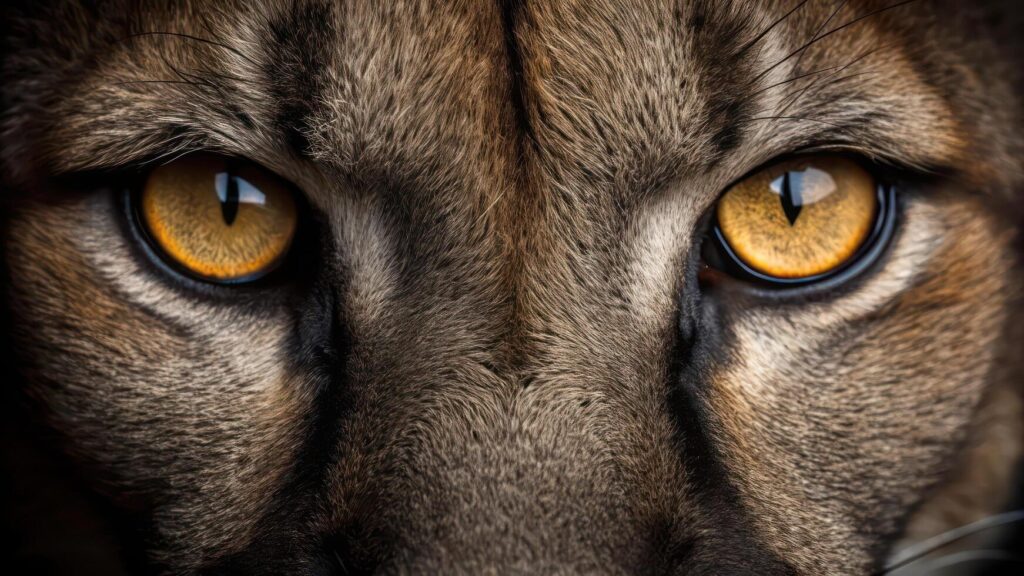Post Category : Field Life Local Archaeology
Top Ten Sites of 2018!
Now that all the reporting is done, we thought it was a good time to look back on some of the exciting sites we worked on from the past year. We find over 100 sites every year but these sites stand out either because we found interesting artifacts or the site is unique. It doesn’t matter how many points an archaeologist has found throughout their career, they will still get really excited when they pull a projectile point out of the their screen! In fact, compiling this list got me really excited to get out of the office and back into the field where an archaeologist belongs.
FbPv-29: Found while assessing a proposed cutblock for Sundre Forest Products near Fall Creek. The site is located on a small knoll overlooking a tributary stream. In our final test at the site we identified a feature in the corner of the test (Figure 2). This hearth/cooking feature has fire-cracked rock, several pieces of calcined bone (Figure 1), and discoloration of sediments. We sent a sample of the calcined bone recovered for carbon dating and received dates of: 2770-2750 Cal BP (820-800 BC) and 2845-2787 Cal BP (895-837 BC). That is one old camp fire!
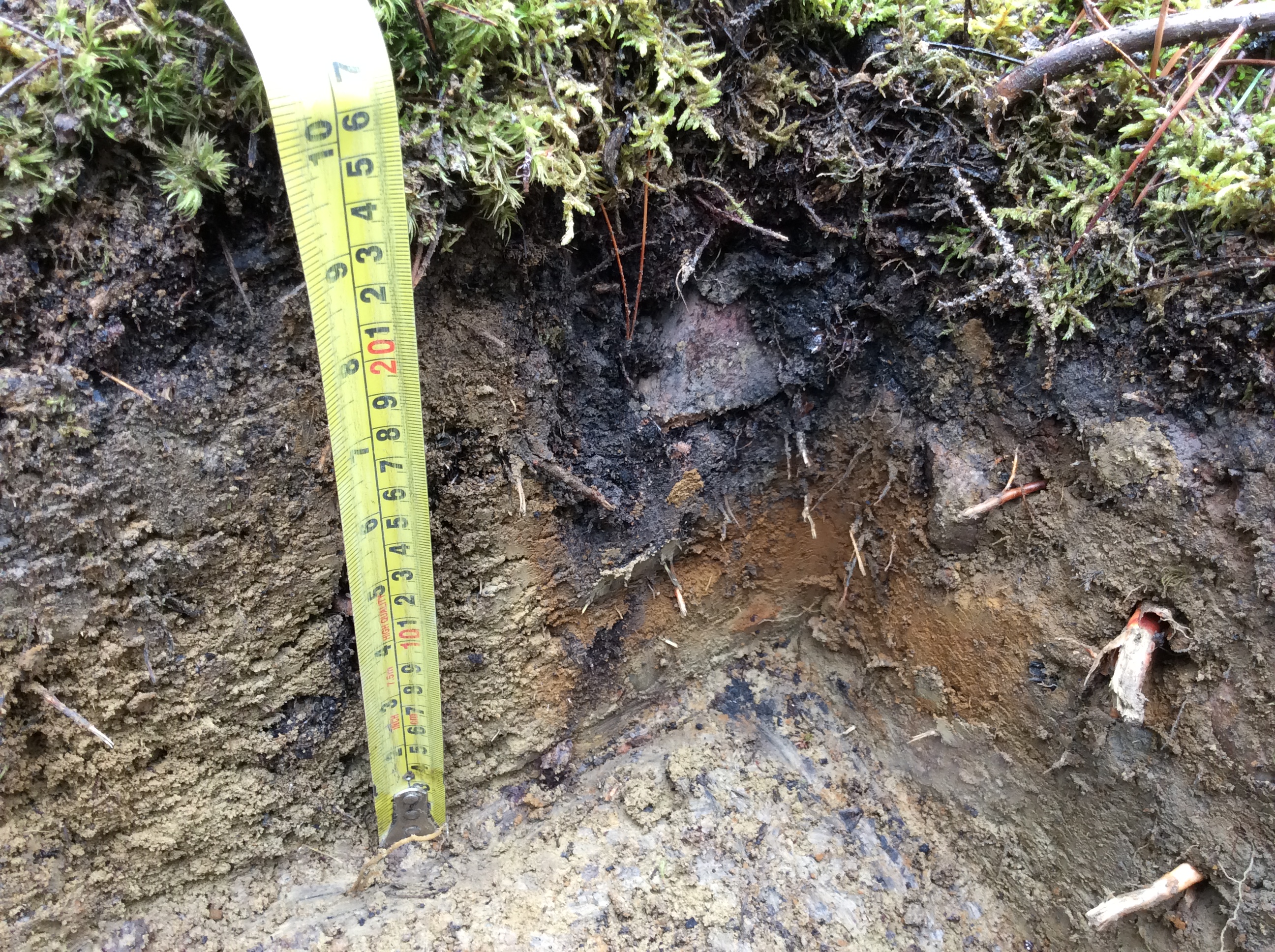

FcPf-26: Found while assessing a new phase for the Paradise Shores RV Resort on Buffalo Lake (Figure 4). The site is located on a small rise overlooking the lake to the north (Figure 3). While the site is small, we identified the tip of projectile point (Figure 6, Figure 5) and a variety of lithic materials including petrified wood. A number of different stone materials is a good indication that the area was used more than once to create a tool. When see the views from the Paradise Shores RV Resort, you can definitely see why a hunter would want to hang out here!


Figure 3: View along the Buffalo Lake margin

Figure 5: Kristen holding the point tip
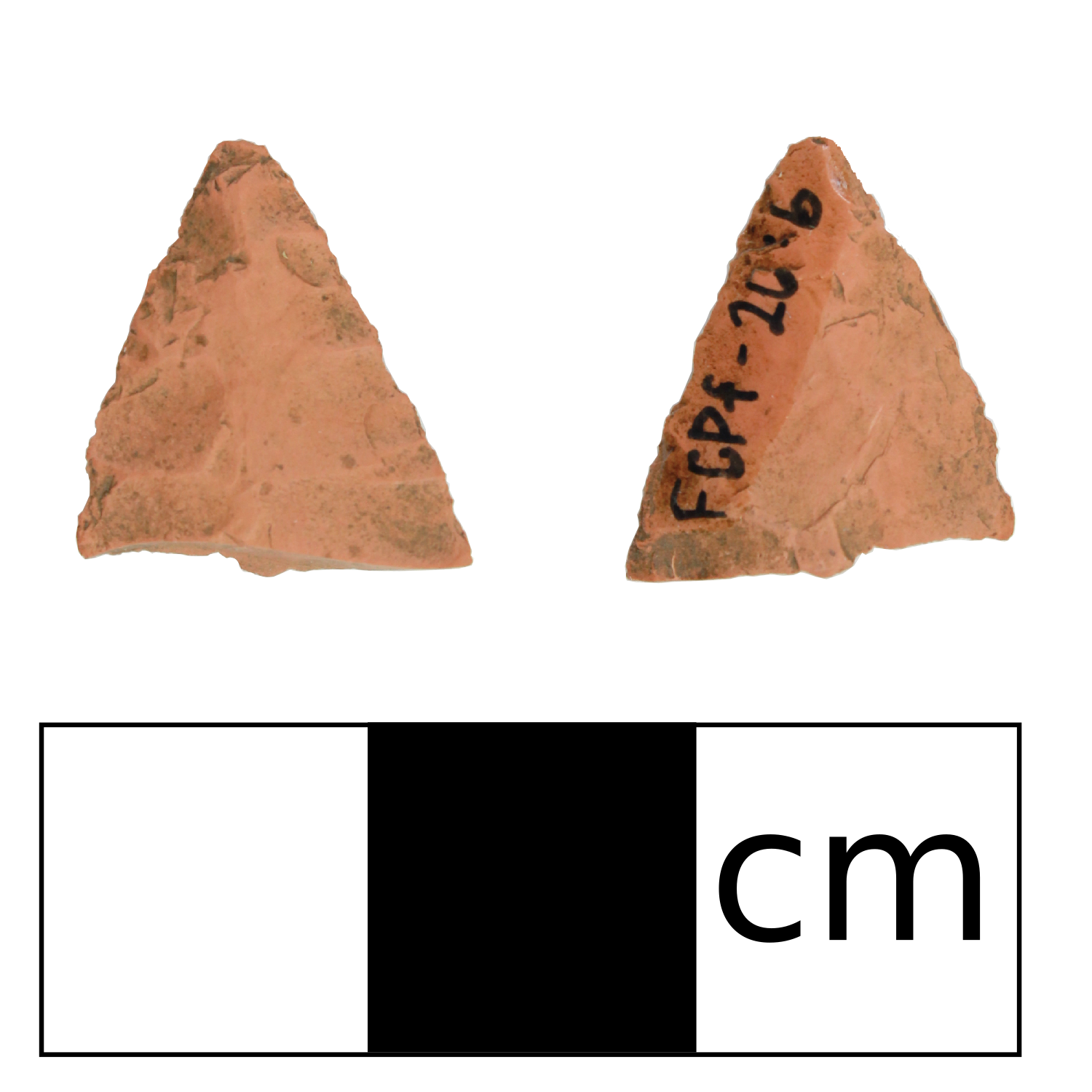
FcPs-14: Found while assessing a gravel pit for Pidherney’s along the North Saskatchewan River valley margin. The site is interesting for the layers of history represented at the site including a precontact First Nations campsite (Figure 8) and an early 20th century dwelling. The dwelling is identified by the presence of depression, ceramic, metal, and glass artifacts. One piece of the glass has a purple tint which tells us the site probably dates to Pre-WWI. (Figure 7).

Figure 7: Purple glass found at FcPs-14

Figure 8: Sample of lithic artifacts recovered at FcPs-14
FcPt-15:
Found in the South Horburg region of the Sundre Forest Products FMA, the site is interesting for the recovery of two large tools and the large extent of the site (200 m). The tools were a quartzite cobble spall with a unifacial retouched edge and a large quartzite biface. In addition to the tools we found a variety of different lithic materials which suggests this was an area that was revisited year after year.
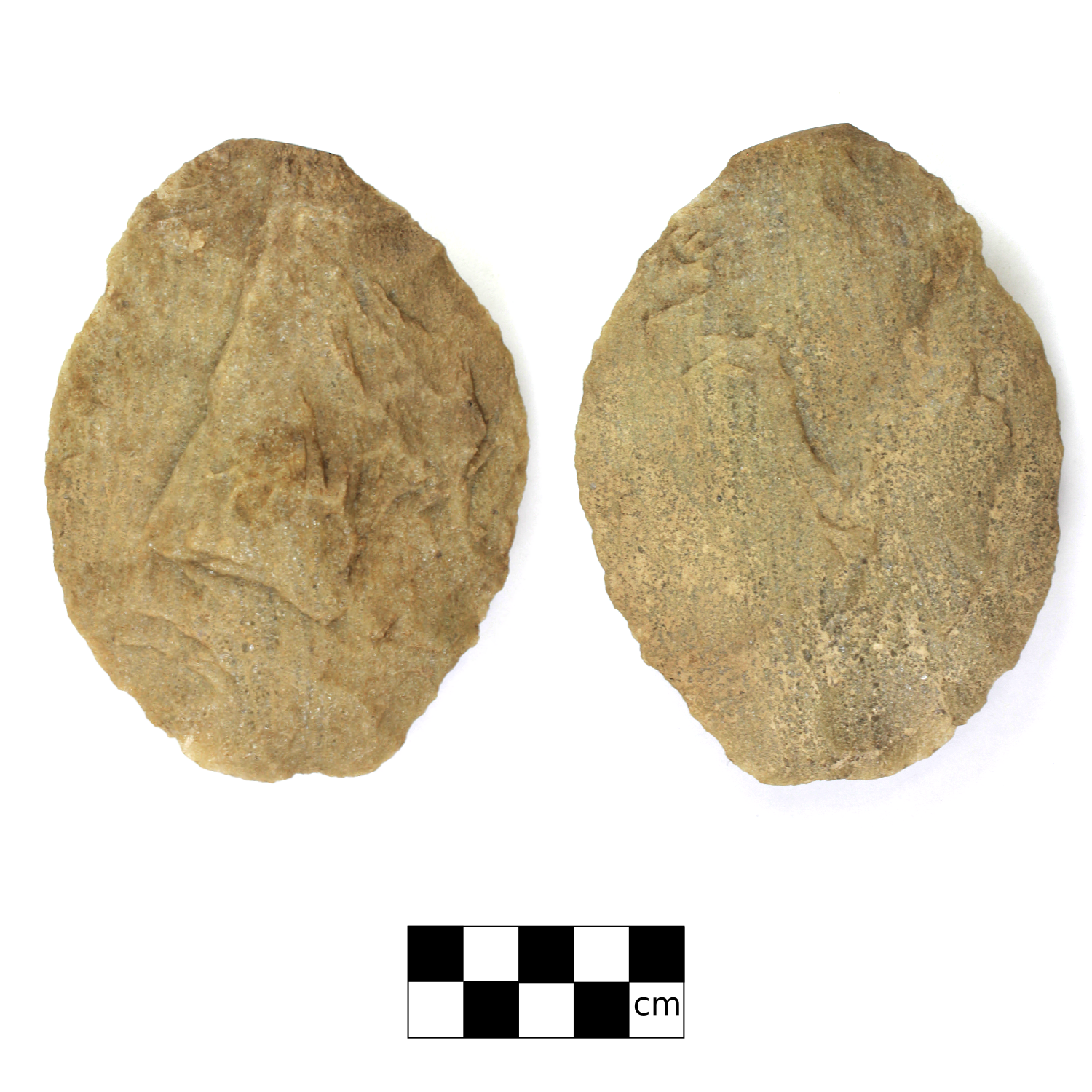

Figure 10: Unifacially retouched cobble spall
FdPv-8:
Identified on the relict valley of the Baptiste River for Sundre Forest Products. Eric found the base of a large tool, likely a knife or spear point (Figure 11). He was pretty excited to find it as we can see in the photo below (Figure 12)!


FeQa-5:
FeQa-5 was found overlooking a tributary to the Brazeau River for Weyerhaeuser Pembina Timberlands. The site is extensive with beautiful views of the valley margin below. While testing the site out we found a variety of lithic materials including possible Knife River Flint.

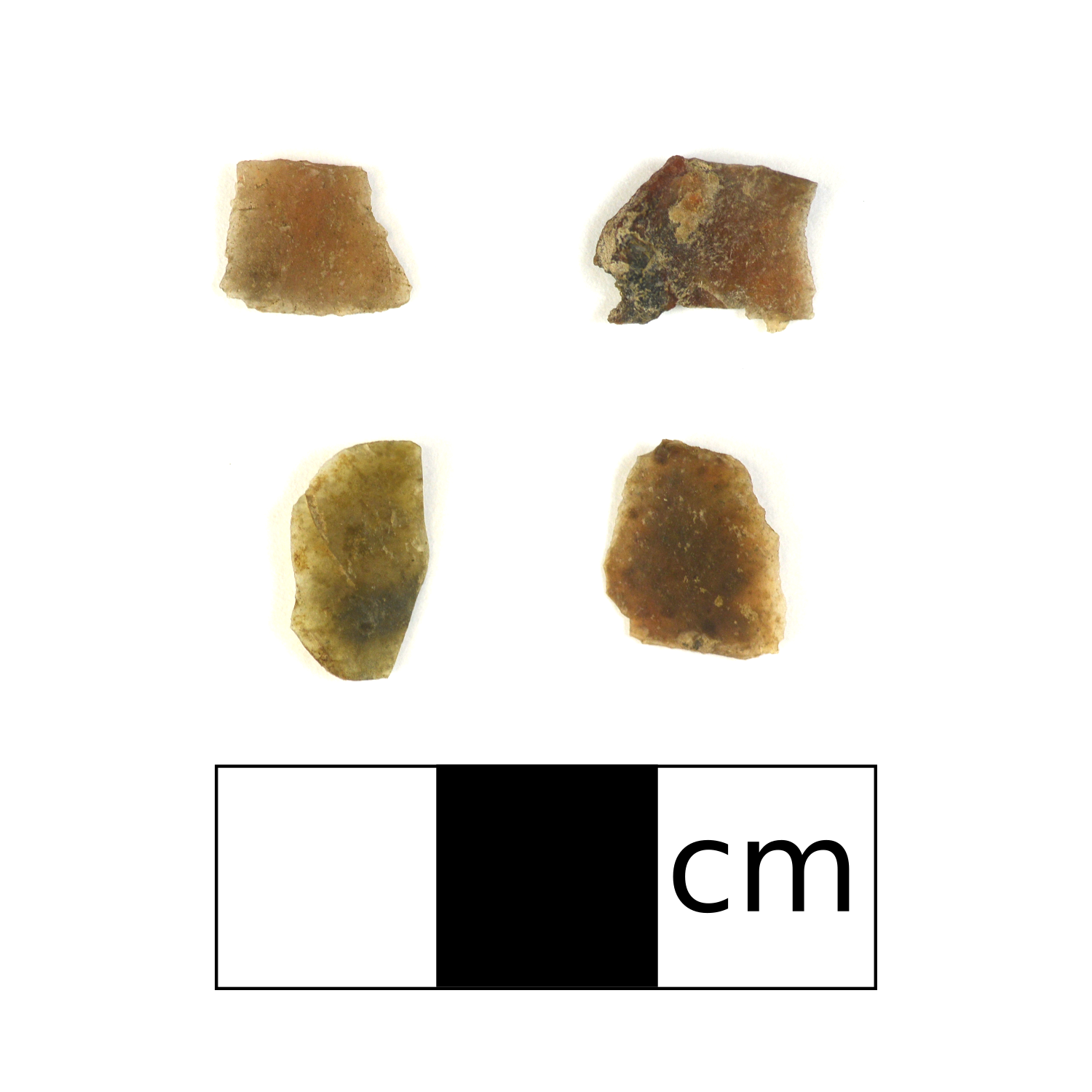
FkQa-10:
A very interesting site identified for Weyerhaeuser Pembina Timberlands near Edson, AB. The site was initially identified when we found an old corner of a cabin (Figure 15) on the crest of a small knoll. The knoll was quite prominent compared to the surrounding terrain and close to a lake, so we thought it had pretty high potential for a pre-contact component as well. A test near the cabin corner identified fire cracked rock, two hammerstones, and several pieces of lithic debitage (Figure 17, Figure 16). Sites like this either show that people at different times used the same landforms, or they may be evidence of continuous use by Indigenous people from pre-contact times through the fur trade. It would take more work to figure out which.
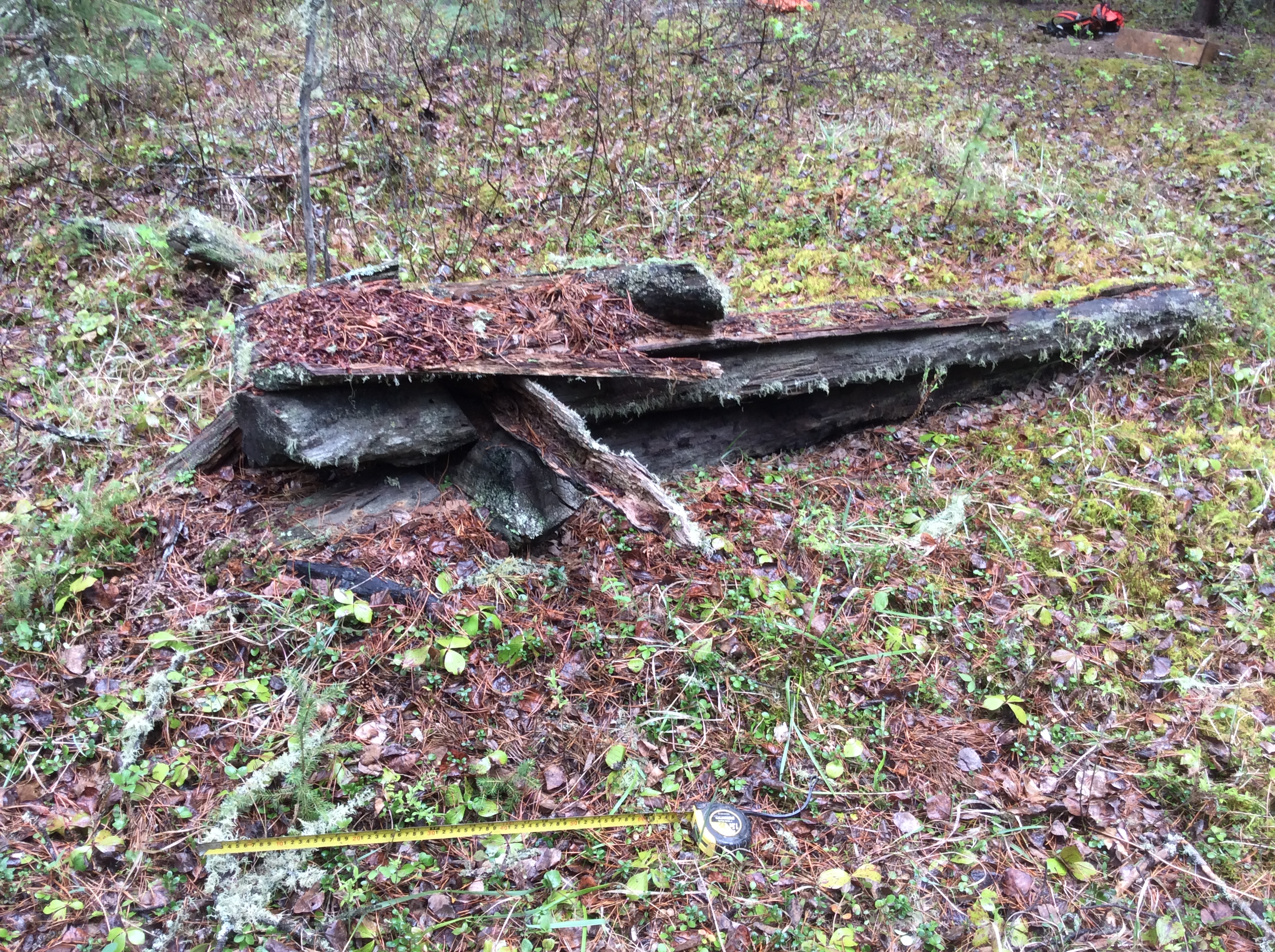

Figure 17: One of the hammerstones recovered

GgPm-7:
Found while assessing a cutblock for Vanderwell Contractors Ltd. Along the Athabasca River (Figure 19). This precontact campsite is huge (800 m) with great views of the River to the east. The site was found in a post-impact context (Figure 20). While it is normally required to obtain HRA approval prior to harvest, this block was assessed post-impact because a recent blowdown event made the block hazardous.The risks to the site are balanced by better visibility and artifact recoveries. We found lots of different materials, fire-cracked rock, a biface, two cores, and one Besant projectile point (Figure 18)!


Figure 19: View toward the Athabasca River

Pinto Creek Plateau:
Rather than a single site, this entry is for a group of sites on the Pinto Creek Plateau found for Sundre Forest Products this year. We found several sites on a variety of landforms ranging from low hilltops overlooking beautiful alpine meadows (FbPx-10, Figure 22) to high steep cliffs overlooking alpine stream valleys (FbPw-17, Figure 21). The coolest artifacts include a piece of obsidian (Figure 23) and a beautiful chert end scraper (Figure 24). The obsidian was sourced and the chemical signature matches the obsidian source in Yellowstone. The scraper narrow at the proximal end, indicating the use of a hafting element. Stay tuned for articles about the scraper and the obsidian sourcing!

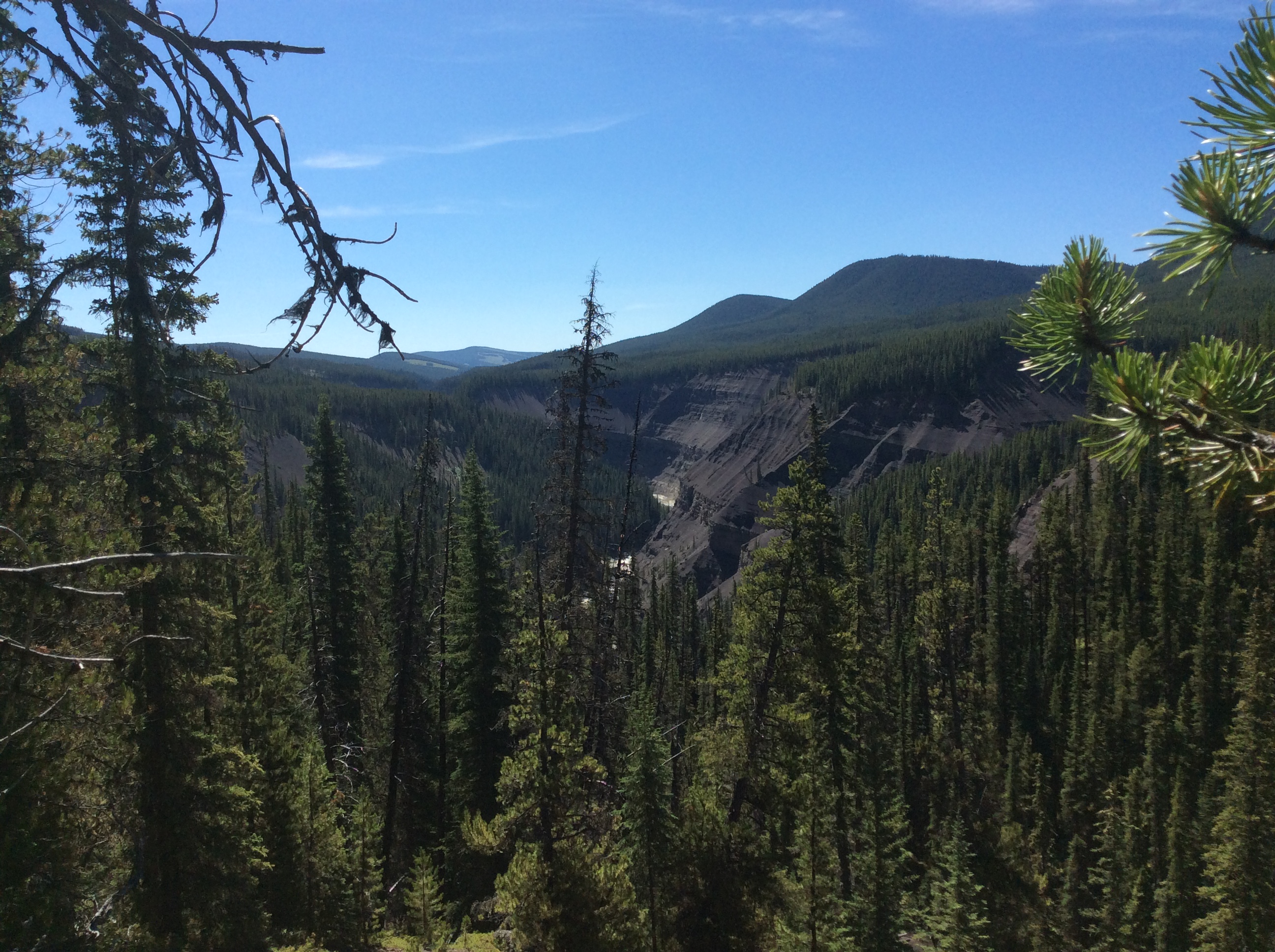
Figure 21: View from FbPw-17 and a deeply incised river valley

Figure 23: Obsidian flake recovered from FbPx-10

Figure 24: End Scraper recovered from FbPw-17
FcPt-16 and FcPu-27:
Found on the old valley margin of the North Saskatchewan River for Strachan Forest Products. These two sites are separated by a steeply incised stream channel, located back from the current valley. At FcPt-16 over 70 artifacts were recovered from one 40 x 40 cm hole! Additionally we found a very unique spokeshave. Spokeshaves are usually made by retouching a flake, but this one was chipped and ground out of a smooth tabular rock (Figure 26). At FcPu-27 we found a large site with a variety of lithic materials, including one piece of salt-and pepper quartzite. Most interesting is a large Siltstone preform that we found (Figure 25).

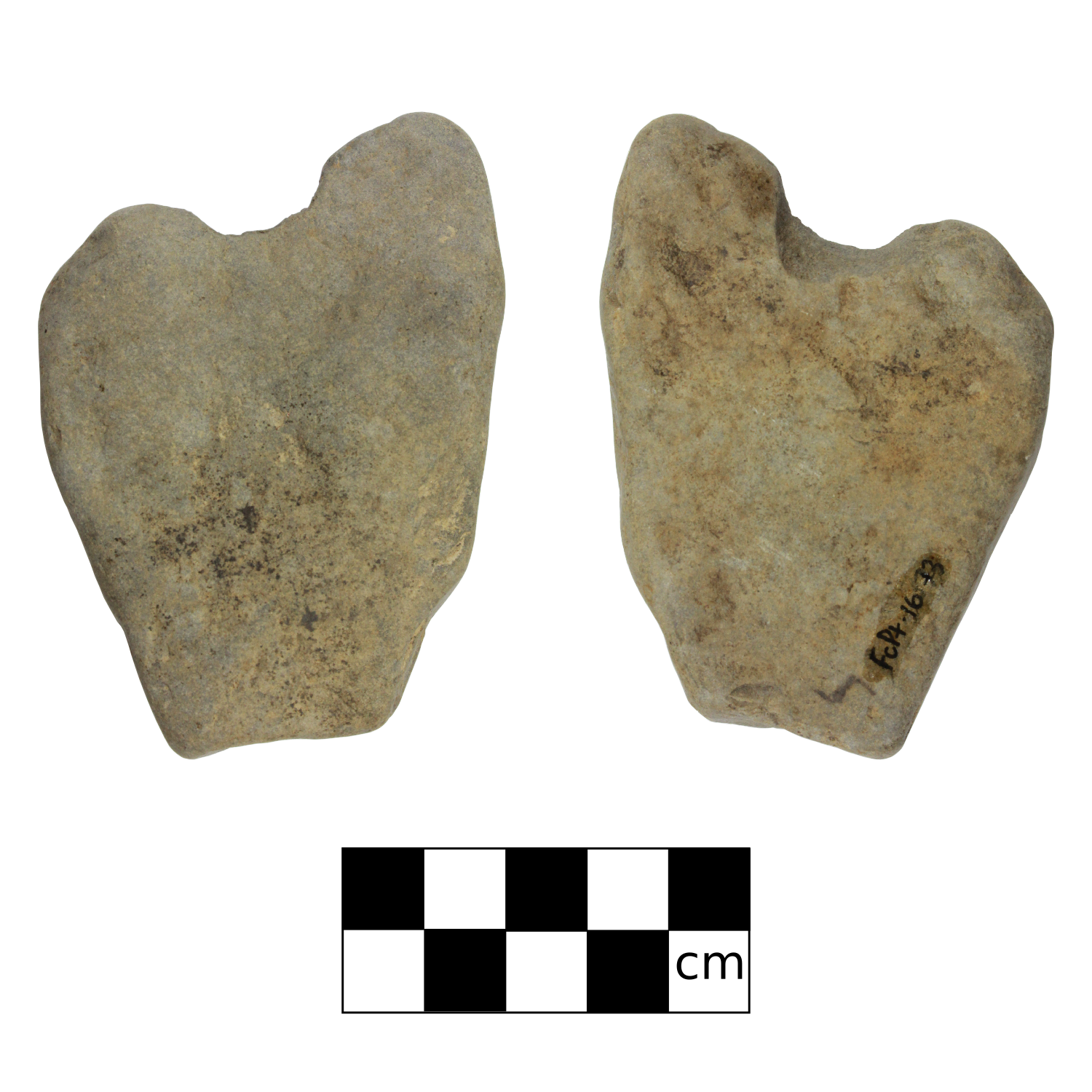
Figure 26: Spokeshave recovered from FcPt-16

